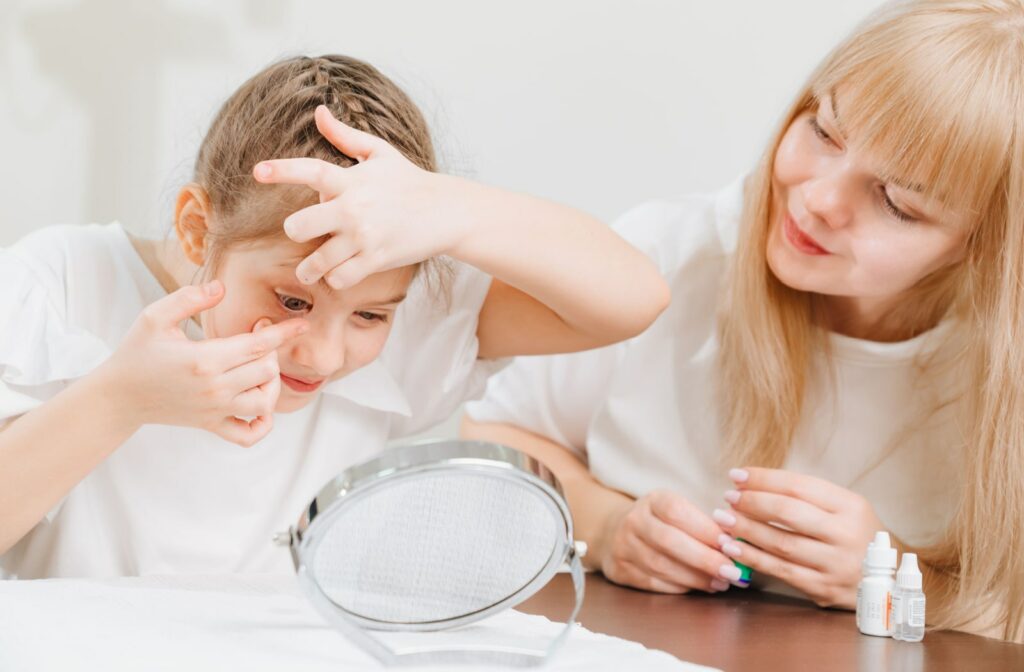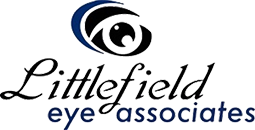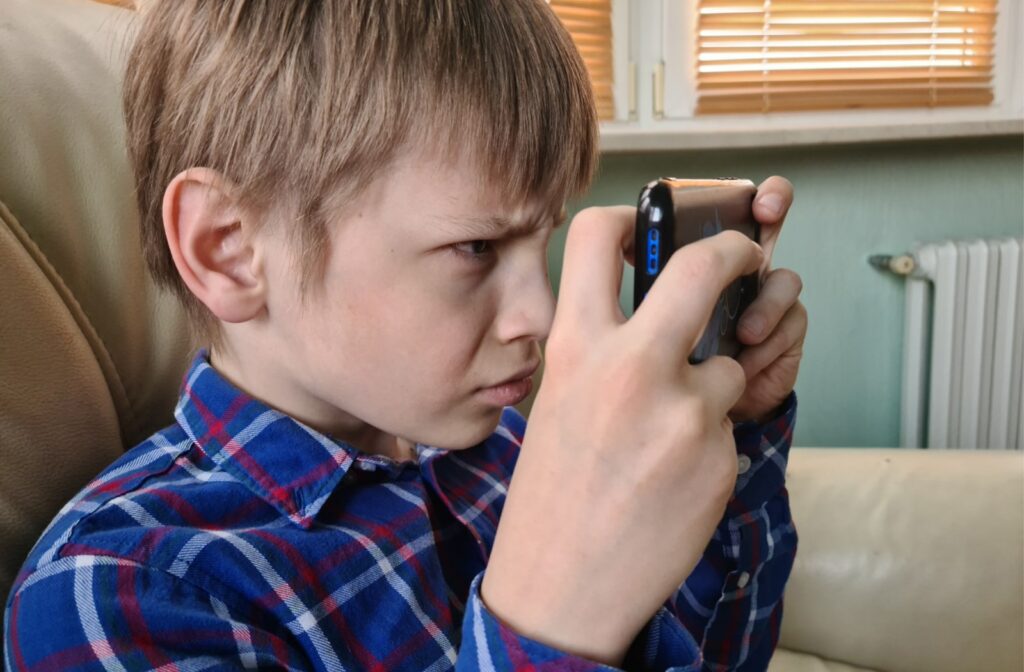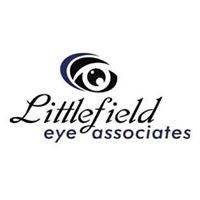Myopia, also known as nearsightedness, is a common eye condition where objects nearby appear clear, but objects in the distance appear blurry. It typically first appears during childhood and can progressively worsen until adulthood.
It can be challenging to know how to protect the vision of children with myopia as a parent. You may know about glasses or contact lenses to correct vision, but is there more you can do?
With advancements in myopia control, the options for managing your child’s myopia include orthokeratology (ortho-k), multifocal contact lenses, and atropine eye drops.
What Is Myopia?
Myopia is a refractive error that causes distant objects to appear blurry while nearby objects remain clear. It can occur when the length of the eye is too long or the cornea (the eye’s clear front surface) is too curved.
The cornea could be considered the window to the eye. Normally, light bends as it passes through this window before being further bent by the lens and focusing onto the retina at the back of the eye. The retina then sends this information to the brain, which gives us an image.
However, in the case of myopia, the cornea may be too curved or too far away from the retina, causing light to focus in front of it instead of directly on it.
Myopia typically develops during childhood and can continue progressing throughout adolescence and into early adulthood. Studies suggest that myopia is becoming increasingly prevalent worldwide, with some experts predicting 50% of the world will be myopic by 2050.
Recognizing Myopia in Children
Your child might realize something is wrong with their vision, but it could be difficult for them to tell you about it. They could lack the language to fully explain what’s happening, or they could assume their vision challenges are standard for everyone’s vision. After all, they’ve only ever known their own vision.
An optometrist can watch for signs of refractive errors with a comprehensive eye exam, which is why we suggest your child get one annually between the ages of 5 and 17. You also can talk with your child about their vision concerns and watch for signs of childhood visual challenges, such as:
- Difficulty seeing distant objects
- Frequent squinting or blinking
- Rubbing their eyes
- Complaints of headaches or eye strain
- Holding reading material close to their eyes
- Covering one eye to read
- Difficulty concentrating on visual tasks
Undiagnosed vision problems might first become noticeable through a child having trouble in school. As you may imagine, focusing on a lesson can be hard when you can’t see the whiteboard. For this reason, it’s important to look for other signs of visual conditions that may be causing learning challenges and seek support from an eye doctor if you notice any.
Myopia can worsen until around the age of 20, and the effects it can cause in that time go beyond blurry vision. Continuous, unmitigated myopia progression can increase the risk of developing several eye diseases during adulthood, including:
- Glaucoma
- Retinal detachment
- Cataracts
- Macular degeneration
Myopia Control Methods Currently Available

Myopia Control with Ortho-K
Standard glasses and contacts can correct the blurriness myopia causes, but they typically don’t do much to stop its progression. Myopia control is a solution that can help control the growth of children’s eyes to slow myopia. Because myopia can get progressively worse, the earlier myopia control begins, the better the outcome can be.
Orthokeratology (ortho-k) is one such myopia control option, and it involves wearing special rigid contact lenses overnight. These lenses can gently reshape the cornea while your child sleeps so they can enjoy clear vision during the day without needing glasses or contact lenses. The cornea eventually returns to its original shape if your child doesn’t wear their lenses regularly.
Research has found that ortho-k lenses can slow the rate of myopic progression. The reason for this is related to the corneal reshaping effect, which may help slow the elongation of the eye that occurs with myopia.
Aside from the potential benefits for myopia control, ortho-k also offers other benefits for children. For example, children who wear ortho-k lenses do not have to worry about losing or breaking their glasses during play or sports activities.
Multifocal Contact Lenses for Children
Unlike traditional single-vision contacts, multifocal lenses utilize different prescriptions in different areas of the lens to allow for clear vision while addressing myopia directly.
The science of multifocal contacts relies on the rings of different focusing powers. Imagine them like a bullseye. The center corrects your child’s myopia, while the outer rings purposely defocus peripheral light. This combination of focusing and unfocusing can cue the brain’s natural functions to tell the eyes to stop growing.
These lenses may slow myopia progression in children as young as 7, and wearing them is similar to wearing traditional contact lenses.
Low-Dose Atropine Eye Drops
Atropine drops are typically used in some eye exams to dilate your eyes and help give your optometrist a clearer view of the inside of your eye. However, low-concentration atropine drops have also been shown to slow myopia progression by up to 50% and may be an option used alongside other myopia control methods.
Myopia Control Lenses are Coming Soon
Myopia control lenses for children are available in Canada and Europe, but they aren’t available in the United States, yet. Stay updated with our eye care blog to learn more about up and coming advances in myopia control!
Myopia Management in Kansas City
You have options for myopia control, but it doesn’t have to be just one solution. Myopia control could involve using a range of methods until we determine what suits your child’s unique vision needs.
At Littlefield Eye Associates, we know how stressful it can be when deciding how to help your child. Their vision is precious, and our friendly team is dedicated to supporting them—and you—in this journey.If you think your child has myopia, book an eye exam today. We’ll examine their visual acuity and, if something comes up, take you through the options that can help put your child on the right foot forward.





